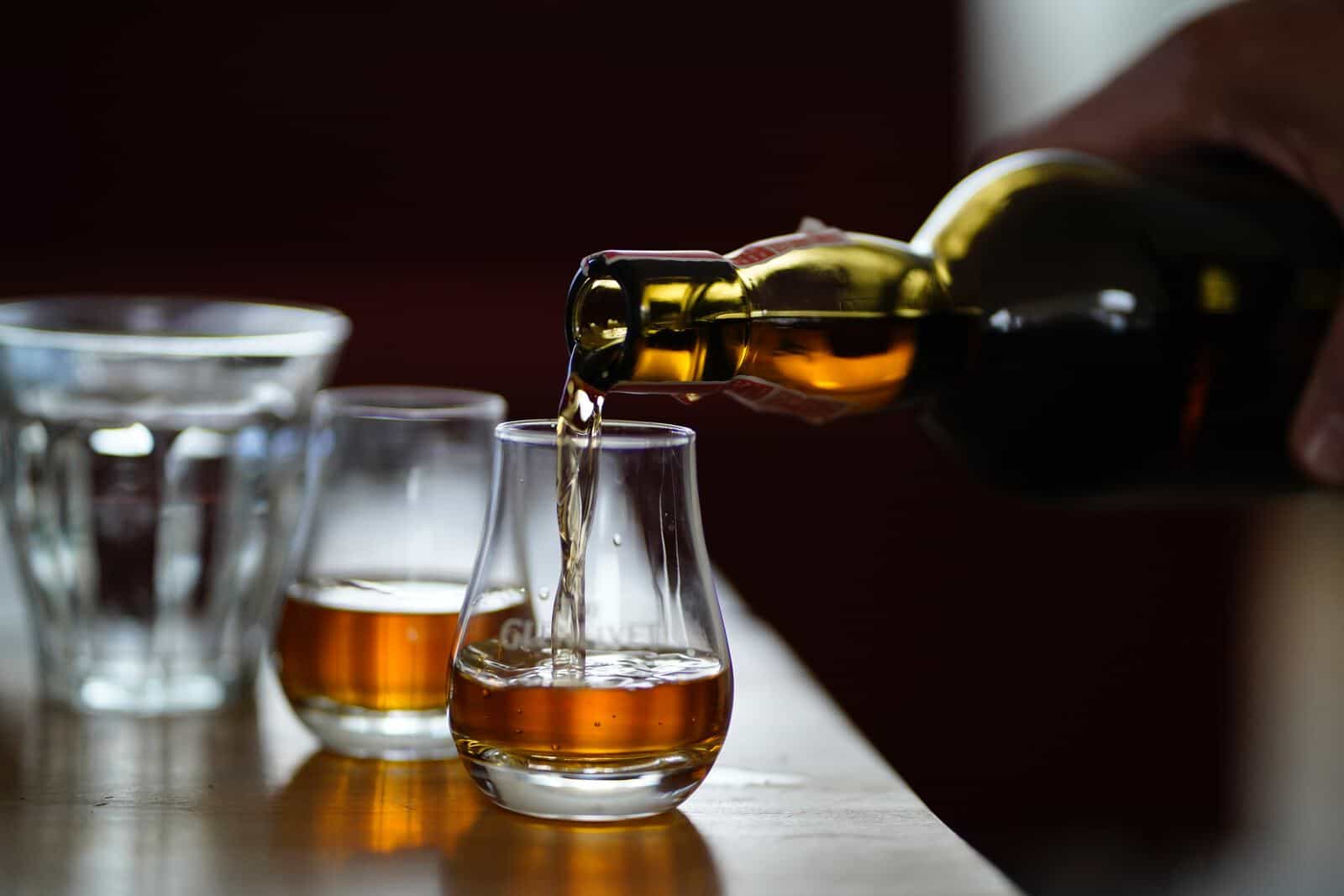
Japanese whisky is facing a serious shortage, and it’s a damn shame. You couldn’t even find it in the US until the late 1980s, and when Nikka and Suntory won two major whisky awards in the early 2000s—one of which had never been awarded to a producer outside of Scotland—everyone went crazy. And for good reason: Whether you’re an aficionado who can casually name-drop distilleries or a person who just likes to drink delicious alcohol, there’s a Japanese whisky for you. Clay Risen, author of Single Malt: A Guide to the Whiskies of Scotland calls it “Like Scotch, but perfect.”
What exactly does “perfect” entail? Most spirits, including whisky, are at least 60 percent water. Thanks to Japanese tea culture, the character of individual water sources is well charted (and well revered), and the whisky is all the better for it. Soft water, low in palate-distracting minerals, is the name of the game, and part of Suntory’s early success in the 1920s was building their Yamakazi distillery on the same location as an ancient tea house that had chosen its coordinates carefully.
It’s said that Suntory’s master blender, Seiichi Koshimizu, ate the same lunch for decades to keep his palate primed. His successor, Shinji Fukuyo, does the same. Blenders are banned from eating garlic or smoking when they taste. Most Japanese whisky is aged in Mizunara oak, a wood native to Japan. Mizunara needs to be 200 years old to make a barrel, so even the great Suntory only makes 130 barrels per year.
When you lay it all out, it’s less of a wonder that there’s a shortage and more of a miracle that any makes its way to us in the first place. If you buy a bottle or order a glass, take a moment to savor its power, elegance, and charm. A perfect beverage really doesn’t need a pairing, but should you choose to pair it with cheese, find some combos we love below.
Perfect Pairings
Mars Shinshu Iwai Tradition Whisky
+ Cypress Grove Midnight Moon
The family-owned Mars distillery is a newer player on the Japanese whisky scene, and at around $40, their entry-level bottle is a lovely place to start. Think honey, woodsiness, and baking spices. Want to up the ante? Try it with a goat’s milk aged gouda style to play up the brown butter notes.
Kikori Whiskey
+ Vermont Shepherd Verano
Fans of this rice distillate will say that it embodies the essence of Japan. Skeptics will say . . . “Huh?” If there’s any booze from Japan more iconic than Japanese whisky, it’s sake. Unlike many other whiskies, Kikori is made with 100 percent locally grown rice (so, kind of a distilled sake), which is why it calls itself a “whiskey” (it’s not a Scotch-style; others call themselves “whisky” because they’re more along the lines of Scotch). Think cherry blossom, white chocolate, and velvet. Play up the whiskey’s vanilla tones with this Vermont sheep’s milk wheel; its nutty notes play beautifully with Kikori’s floral aromas as sheepy notes meld into toasty umami harmony.

Suntory “Yamazaki” 12 Yr. Japanese Whisky
+ Parmigiano Reggiano PDO Solo di Bruna
If you haven’t treated yourself to the original Japanese single-malt, it’s about time you did. At approximately $150, it’s not cheap, but it will change your life. Plus, as the Japanese whisky shortage intensifies, the bottles with age statements will be the first to disappear; 2029 you will thank 2019 you for grabbing a bottle or two before it’s too late. It’s said to have a “noble” aroma, which doesn’t mean much, but it does contain some honeyed and dried fruit notes that are killer with some Solo di Bruna, the caramel-corn version of the King of Cheese.
Nikka Coffey Grain Whisky
+ Cascadia Creamery Sawtooth
This is the perfect marriage of iconic Japanese whisky and a bourbon flavor profile. At $70 or so a bottle, it’s not super affordable, but certainly not as pricey as some of its siblings. Think vanilla, tropical fruit, and savory, boozy dessert. Cascadia Creamery Sawtooth’s meaty, smoky notes are reminiscent of eating your favorite bacon cheeseburger on a picnic blanket, and Nikka Coffey’s rich vibrancy is the perfect way to smooth it all out.



